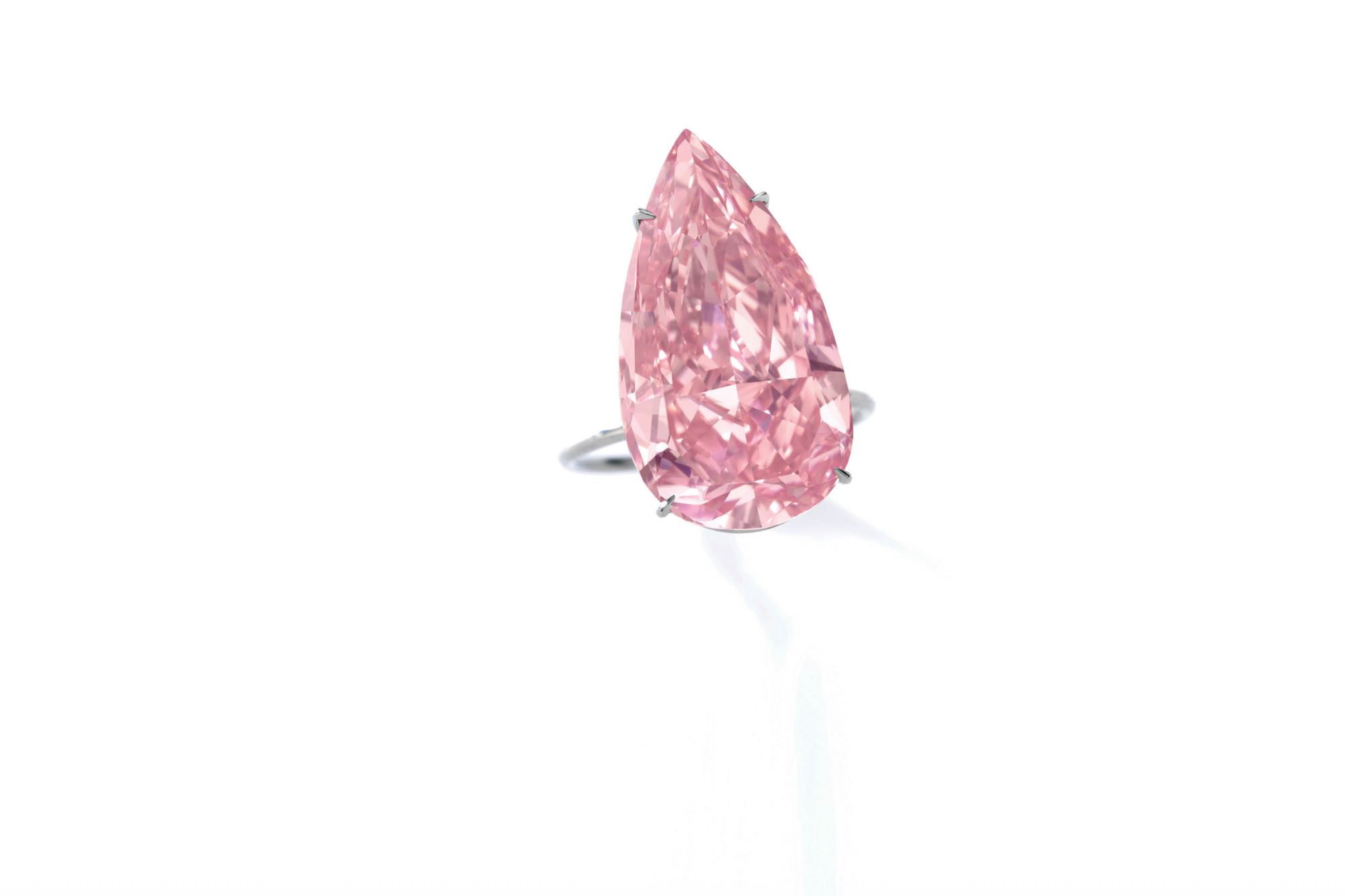The Aurora Green, which was up for sale at Christie’s in Hong Kong in May, is the largest natural fancy vivid green diamond in the world at 5.03 carats.
The auction house experts are reluctant to discuss pricing of top-quality, large fancy coloured diamonds, for these are so rare that each one has to be judged on its own grading and merits.
Sotheby’s Quek says prices of important blue diamonds sold at auctions have doubled over the past three to four years, but adds that top diamonds of other rare colours like pink, orange or green offered at auctions have been so few and varied in size and shape that it is impossible to chart price trends.
In general, for “normal” fancy coloured diamonds, Tilani estimates that the yellows and browns have appreciated very slightly over the last decade, while pinks and blues are commanding skyrocketing prices.
Far East Gem’s Tay elaborates: “The prices have gone up by 150 per cent since 10 years ago. We sold a 0.54-carat fancy vivid purplish pink diamond from Australia’s Argyle mine in 2010 for about $154,000 per carat. Today, the asking price of a similar stone is about $240,000 per carat.”
Apart from the rarity of fancy coloureds driving their investment returns and therefore demand, Quek also brings up the aesthetic rewards of owning and wearing something one-of-a-kind, and the emotional significance of buying it to commemorate a key event: “the yield in this respect is quite different from that of an investment portfolio’s”.
He says their current popularity is due to the fact that the consumer market is more educated and sophisticated now than ever before. “It was only in the 1990s that the Gemological Institute of America started to grade fancy coloured diamonds into the different colour grades. Previously, a blue was just a blue. I’ve come across a collector who bought coloured diamonds from the 1970s, one of which was a blue that we tested and found it to have a fancy intense blue grade.”
The top collectors are also continuously acquiring “gemstones that are extremely exclusive and one of a kind”, says Vickie Sek, deputy chairman and director of jewellery at Christie’s Asia. “Coloured diamonds are one of the gemstones our clients look for, but only pieces that are highly saturated in colour in the vivid and intense range.”
KNOWING THE BASICS









